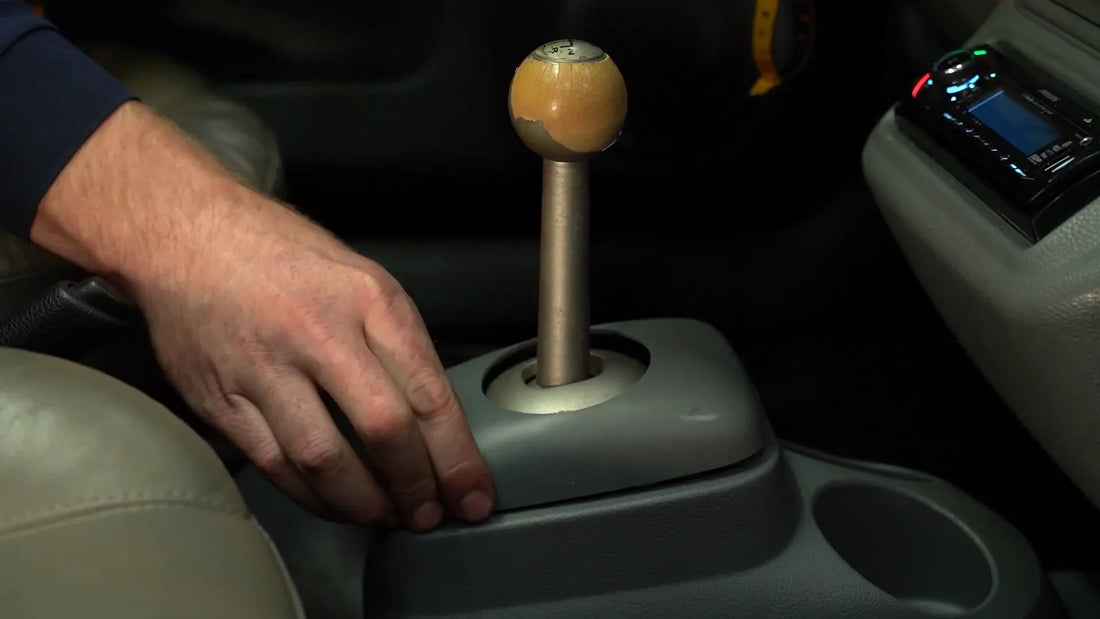
How to Diagnose a Quickshift Transmission Problem
Partager
The Quickshift system, which equips numerous Renault vehicles, can sometimes experience malfunctions. Among the critical components, the gear lever plays a central role in the proper functioning of the robotised transmission. Here is a detailed guide to effectively diagnose issues with the Quickshift lever.
Identification of Symptoms
Common Manifestations
A defective Quickshift gear lever exhibits specific symptoms. The first sign is often the inability to start the vehicle, particularly when the system fails to correctly detect the neutral position. Drivers also report difficulties engaging certain gears or even a total inability to shift gears.
Differentiation from Robot Issues
The unique characteristic of a Quickshift lever failure lies in the absence of typical warning signals. Unlike gearbox robot failures, a defective lever generally does not trigger the "zigzag" warning light on the dashboard. Additionally, these issues occur only when stationary, as gear shifting remains smooth once the vehicle is in motion.
Diagnostic Method
Test Preparation
To perform an accurate diagnosis, it is essential to proceed methodically. This procedure applies to all Renault models equipped with the Quickshift system, including:
- Twingo (first and second generation)
- Clio 3
- Modus
- Trafic and Master utility vehicles
Detailed Testing Procedure
The most reliable diagnostic method involves isolating the gear lever from the rest of the system. To do this:
- Start by identifying the electrical connector for the gear lever.
- Carefully disconnect this connection.
- Attempt to start the vehicle under these conditions.
- Observe the system's behaviour closely.
Analysis of Results
Interpretation
The analysis of test results is relatively straightforward. If the vehicle starts after disconnecting the lever, whereas it could not start before, this confirms that the lever is defective. Conversely, if the issue persists even after disconnection, further investigation should focus on the gearbox robot.
Recommended Solutions
Once the diagnosis is established, several options are available:
- Complete replacement of the gear lever if it is defective.
- Inspection of the gearbox robot if the lever test yields negative results.
- Consultation with a specialist for more in-depth analysis in case of doubt.
Preventive Maintenance
Maintenance Tips
To prevent Quickshift lever issues, it is recommended to:
- Regularly check that the system functions correctly.
- Avoid abrupt handling of the gear lever.
- Maintain appropriate levels of specific robot oil.
- Act quickly at the first signs of malfunction.
This diagnostic procedure allows for rapid identification of issues with Quickshift robotised transmissions and effectively guides necessary repairs. Prompt and targeted intervention often helps avoid more costly repairs to the entire transmission system.